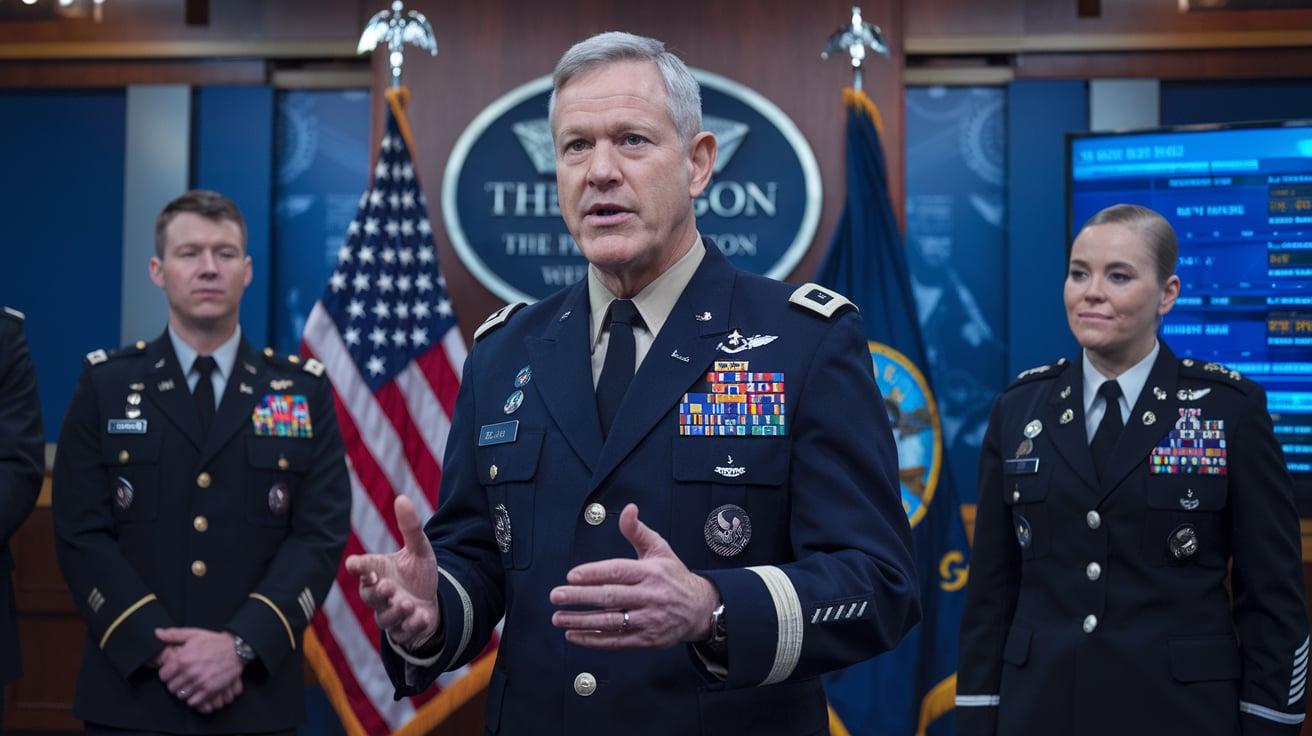📰 Introduction: The Strike Heard Around the World
In the early hours of June 20, 2025, the skies over Iran were pierced by the sonic boom of six U.S. B-2 Spirit stealth bombers. Their target? Three of Iran’s most protected nuclear facilities: Fordow, Natanz, and Isfahan. In what the Pentagon now calls “the most complex and secretive military operation in modern history,” the United States launched Operation Silent Verdict—an unannounced military strike under the direct authorization of former President Donald J. Trump, just days before the Republican National Convention.
Defense Secretary Pete Hegseth immediately stepped forward with a briefing on June 26, touting the mission as a “resounding success.” But was it?
This blog dives deep into what happened, how intelligence circles are reacting, and what it all means for U.S. foreign policy, Middle East stability, and the future of global nuclear diplomacy.
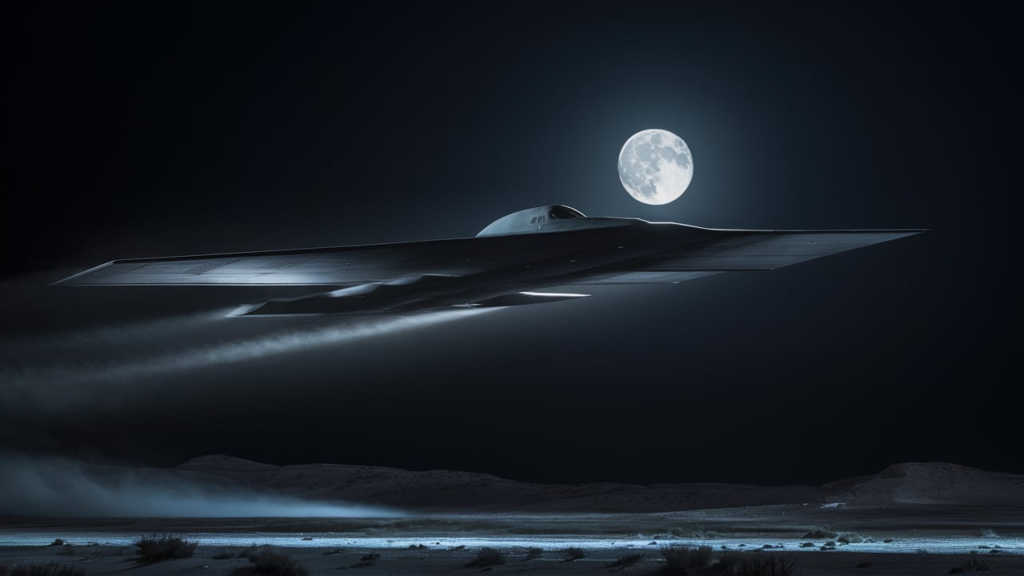
🎯 The Strike: What We Know
At precisely 2:13 a.m. Tehran time, three Iranian nuclear sites were hit nearly simultaneously by GBU-57 Massive Ordnance Penetrators—the largest non-nuclear bombs in the U.S. arsenal, designed to break through heavily fortified underground bunkers.
Targeted Sites:
- Fordow Fuel Enrichment Plant: A hardened, underground facility buried beneath 250 feet of mountain rock.
- Natanz Nuclear Facility: Iran’s primary uranium enrichment center, housing thousands of centrifuges.
- Isfahan Uranium Conversion Facility: Critical for producing uranium hexafluoride for enrichment.
All six bombs reportedly hit their intended targets. Pilots described the Fordow explosion as the “brightest detonation ever seen through night vision goggles.”
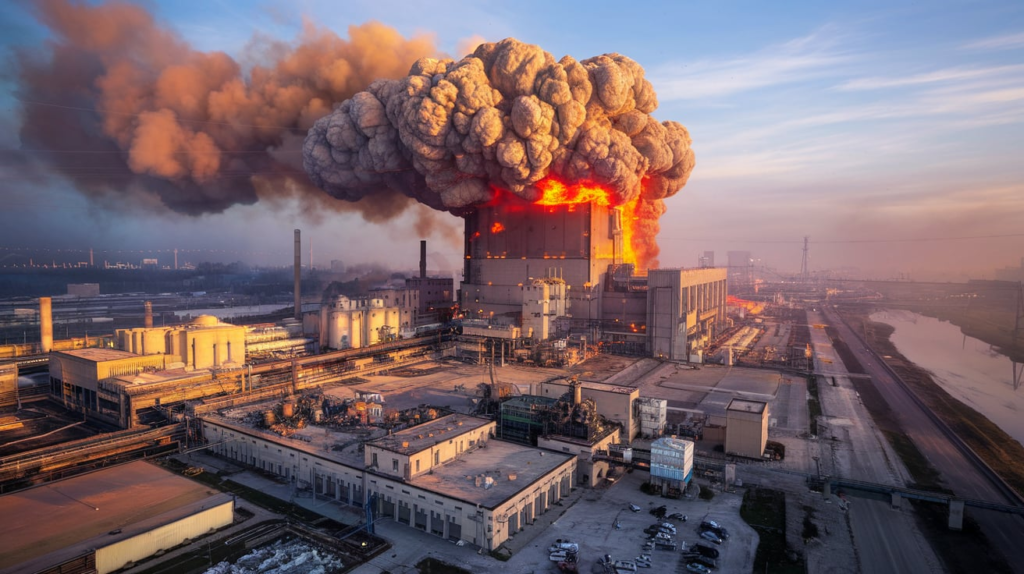
🧠 Intelligence vs. Politics: The DIA Memo Leak
Despite the Pentagon’s victory lap, controversy soon followed. A leaked Defense Intelligence Agency (DIA) memo indicated that “early, low-confidence estimates” suggested the strikes might only delay Iran’s nuclear program by months, not years.
This revelation triggered outrage from Hegseth, who accused media outlets of weaponizing incomplete intelligence to discredit a successful mission.
“Our intelligence community is still assessing the full scope of the damage. But I can tell you this: Iran’s nuclear ambition just got buried in rubble.”
Still, experts caution that centrifuges and uranium stockpiles could have been relocated ahead of the attack, diminishing the impact of the strike.
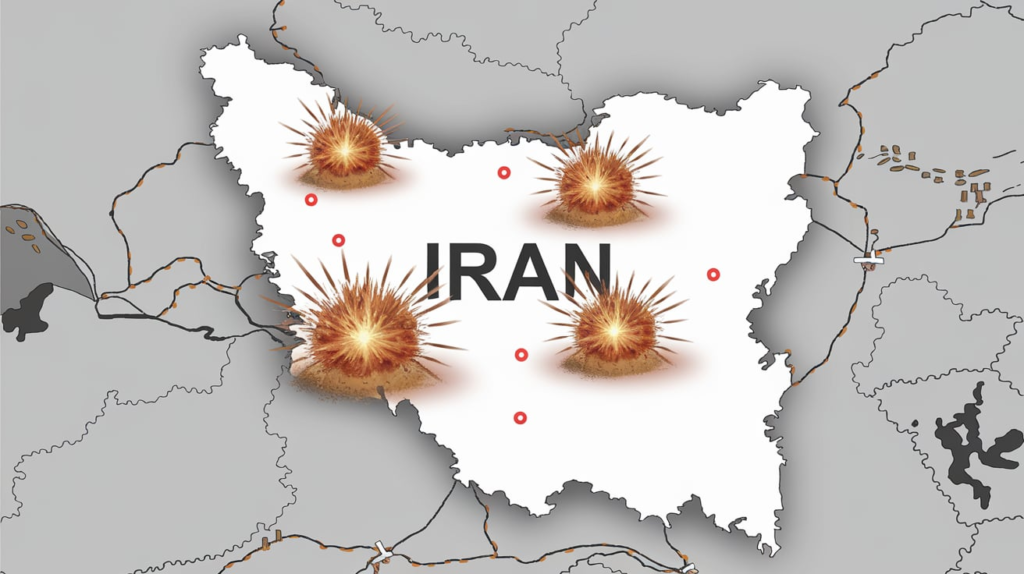
🔎 What the IAEA Said
The International Atomic Energy Agency (IAEA) sent inspection teams within 48 hours. Their preliminary assessment:
- Fordow “suffered extensive structural damage.”
- Natanz “has lost substantial operational capability.”
- Isfahan’s main conversion chamber was “compromised, possibly unusable.”
However, IAEA Director General Rafael Grossi noted, “We do not yet have visibility into what may have been transferred from these sites in the weeks prior to the attack.”
Translation? Iran may have anticipated the strikes.
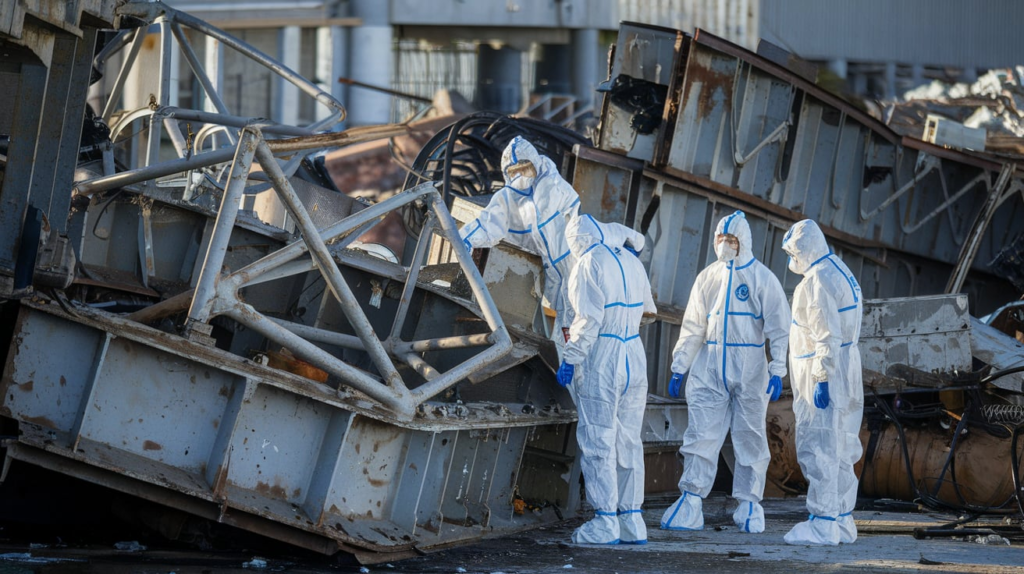
🧨 Was This Legal? A Quick Look at International Law
The legality of the strike remains murky.
- U.N. Charter Article 2(4) prohibits the use of force against another sovereign nation.
- The U.S. has not officially declared war.
- No congressional authorization was given.
Trump officials argue the strike falls under “pre-emptive self-defense.” Legal scholars are split.
Expert Review:
- Benjamin Friedman, Defense Priorities: “This strike pushes the boundaries of international law.”
- Elena Chachko, Harvard Law: “We’re in a gray zone—legally dubious but politically palatable.”
📺 Media Reactions: A Divided Narrative
The story has sparked sharply divided coverage across news networks:
| Outlet | Summary | Tone |
|---|---|---|
| Fox News | “A monumental strategic success.” | Supportive |
| CNN | “High-risk gamble with uncertain payoff.” | Skeptical |
| Politico | “Trump’s boldest claims are tough to verify.” | Analytical |
| The Daily Beast | “Bonkers historical comparison by Hegseth.” | Mocking |
| El País | “Bombs dropped, but questions remain.” | Neutral |
The most controversial statement came when Hegseth said:
“This operation rivals D-Day and the Bin Laden raid in complexity.”
That remark drew significant backlash from historians and veterans alike.
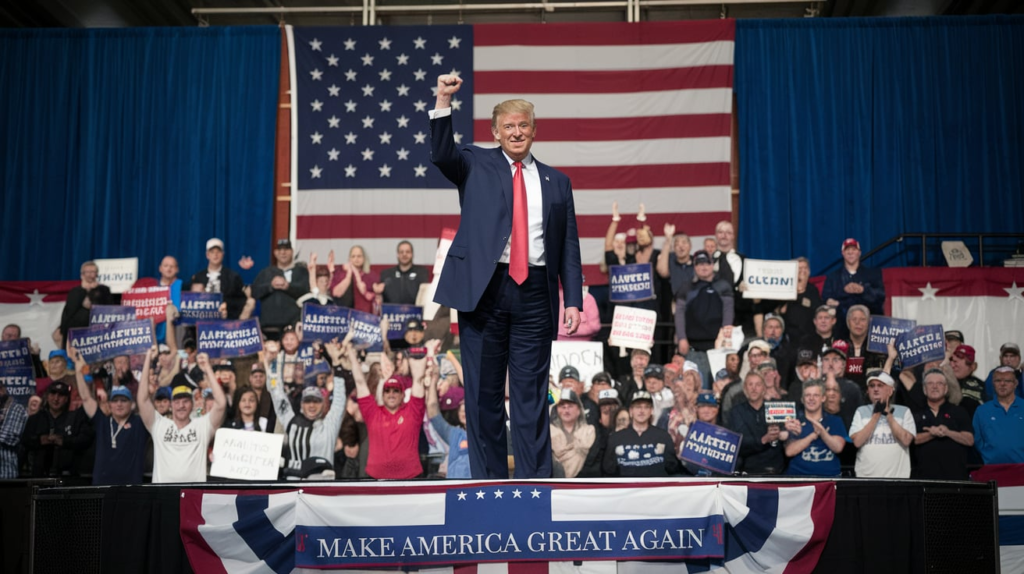
📍 Regional Fallout: How Iran and Allies Responded
Iran’s Reaction:
Iranian Supreme Leader Ayatollah Khamenei vowed “divine vengeance” but stopped short of immediate retaliation. Iranian military leaders claimed only “limited damage” and accused the U.S. of a “terrorist act.”
Hezbollah & Syria:
- Hezbollah increased rocket deployments near Israel’s northern border.
- Syrian air defenses were placed on high alert.
Israel’s Role:
While Israel denied involvement, U.S. officials confirmed “intelligence collaboration.” Israeli officials have privately applauded the attack.
🛠 Military Analysis: Complexity & Risk
Operation Execution:
- 6 B-2 Bombers launched from Whiteman Air Force Base in Missouri.
- Mid-air refueling via KC-135 tankers over the Mediterranean.
- Stealth route through Jordan and Iraq, avoiding detection.
Success Factors:
✅ Stealth aircraft
✅ Electronic warfare decoys
✅ Satellite-guided bunker busters
Risks:
❌ Iranian radar detection
❌ Civilian proximity to sites
❌ Global diplomatic fallout
“The operation was a moonshot,” said retired Gen. David Petraeus. “And they hit the moon.”
🔬 Could This Trigger a New Arms Race?
The attack has reignited a global conversation about nuclear deterrence and non-proliferation.
- North Korea called the strikes “evidence the U.S. cannot be trusted.”
- Russia and China demanded an emergency U.N. Security Council meeting.
- The EU expressed concern about “escalation in an already volatile region.”
Long-Term Risks:
- Iran may withdraw from the Non-Proliferation Treaty (NPT).
- Pro-nuclear factions in Saudi Arabia and Turkey may push for their own programs.
- The idea of a “nuclear Middle East” becomes less theoretical and more probable.
🔁 Trump’s Political Gamble
Why now? With the Republican National Convention just weeks away, the timing of this strike has led many to believe it was designed to bolster Trump’s image as a strong leader.
Key Talking Points:
- “Only Trump had the guts.”
- “Biden let Iran enrich uranium; Trump destroyed it.”
- “Re-elect the man who ended the threat.”
But Did It Work?
Polls show a 12-point spike in Trump’s approval among independents on national security—but also a 20% increase in concern over military escalation.
🧭 Final Review: Strategic Masterstroke or Reckless Gamble?
The Verdict: Mixed.
✅ The operation was technically precise and showed remarkable U.S. airpower.
❌ The long-term strategic gain is unclear, as Iran may retain critical nuclear capabilities elsewhere.
🏁 The “resounding success” label may be politically useful, but without full intelligence assessments, it risks being premature.
As one State Department official put it:
“We lit a match in a room full of gasoline and declared victory before the smoke cleared.”
